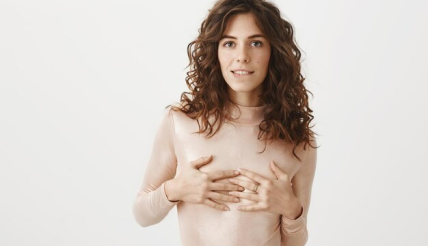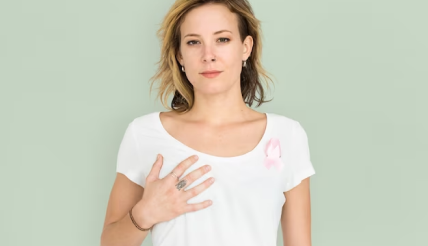You may also like…
Some people are born with unusual breast features, like missing or extra nipples, underdeveloped breasts, or small breasts. These things can happen on one or both sides. In certain situations, like when someone has Turner syndrome or certain menstrual problems, doctors might use estrogen treatment to help their breasts grow and lower the risk of weak bones(osteoporosis).
Some common congenital breast deformities include:
Asymmetry: Breast asymmetry refers to a noticeable difference in the size or shape of the two breasts. It can be caused by variations in breast tissue development and can lead to self-consciousness.
Poland Syndrome: This rare condition involves underdevelopment or absence of the chest muscles on one side of the body, often leading to a smaller breast on that side.
Tubular or Tuberous Breast Deformity: Tubular breasts are characterized by a narrow, elongated shape with a constricted base, causing the breasts to appear underdeveloped or misshapen.
Amastia: Amastia is the complete absence of breast tissue, resulting in a flat chest. It may be a part of other congenital conditions.
Accessory Nipples: Some individuals may have additional nipples (polythelia) or breast tissue in atypical locations, which can affect breast appearance.
Addressing congenital breast deformities often involves plastic or reconstructive surgery, such as breast augmentation, reduction, or reconstruction, to improve breast symmetry and appearance. Consultation with a plastic surgeon or healthcare professional is essential for evaluating treatment options and providing personalized care to enhance breast health and confidence.







